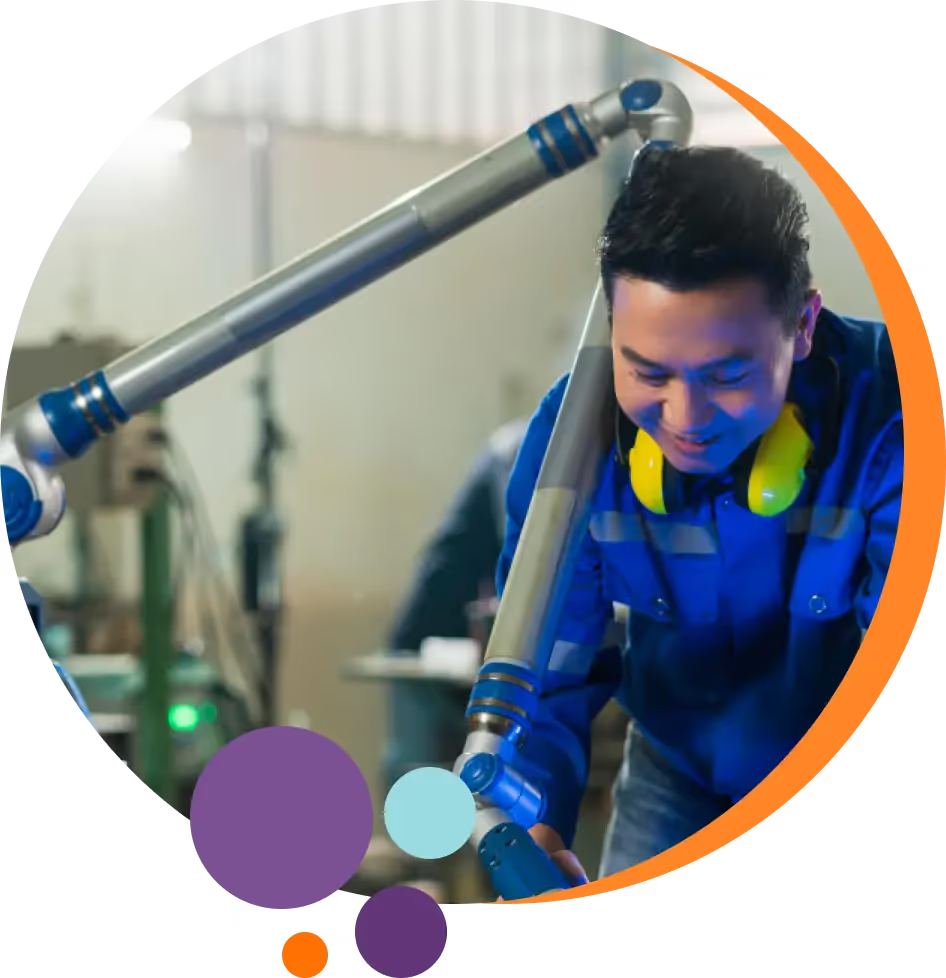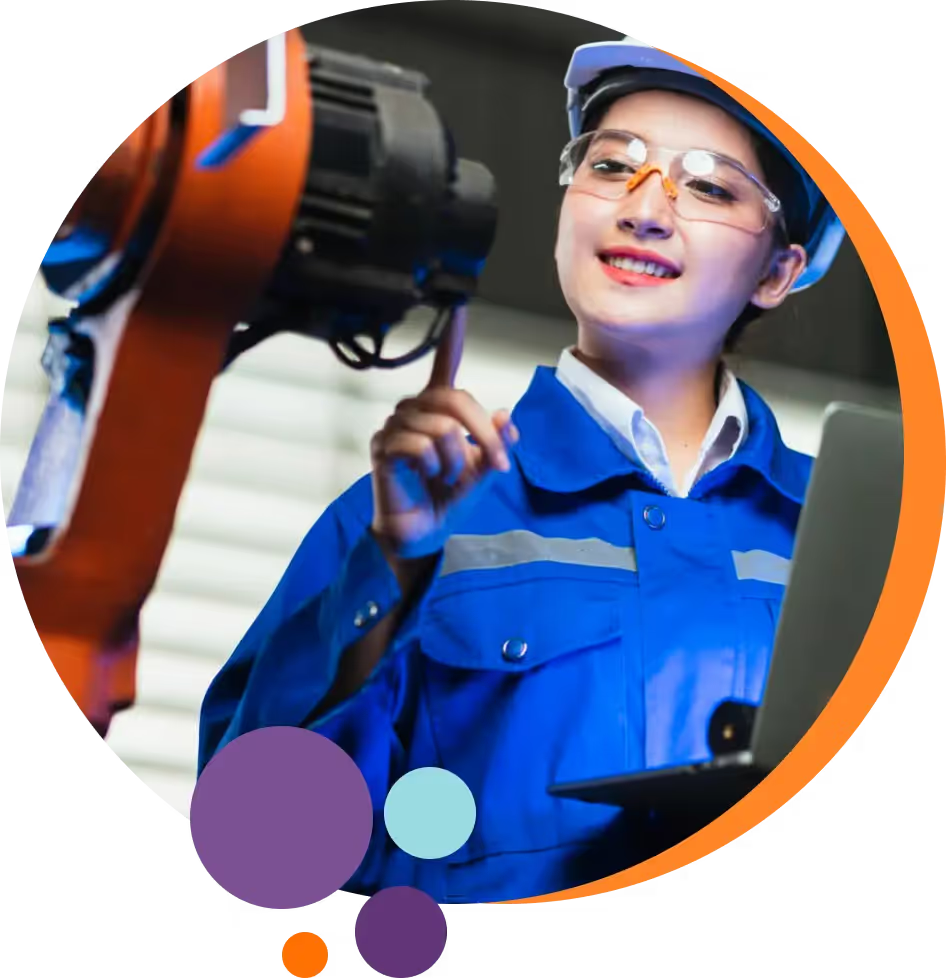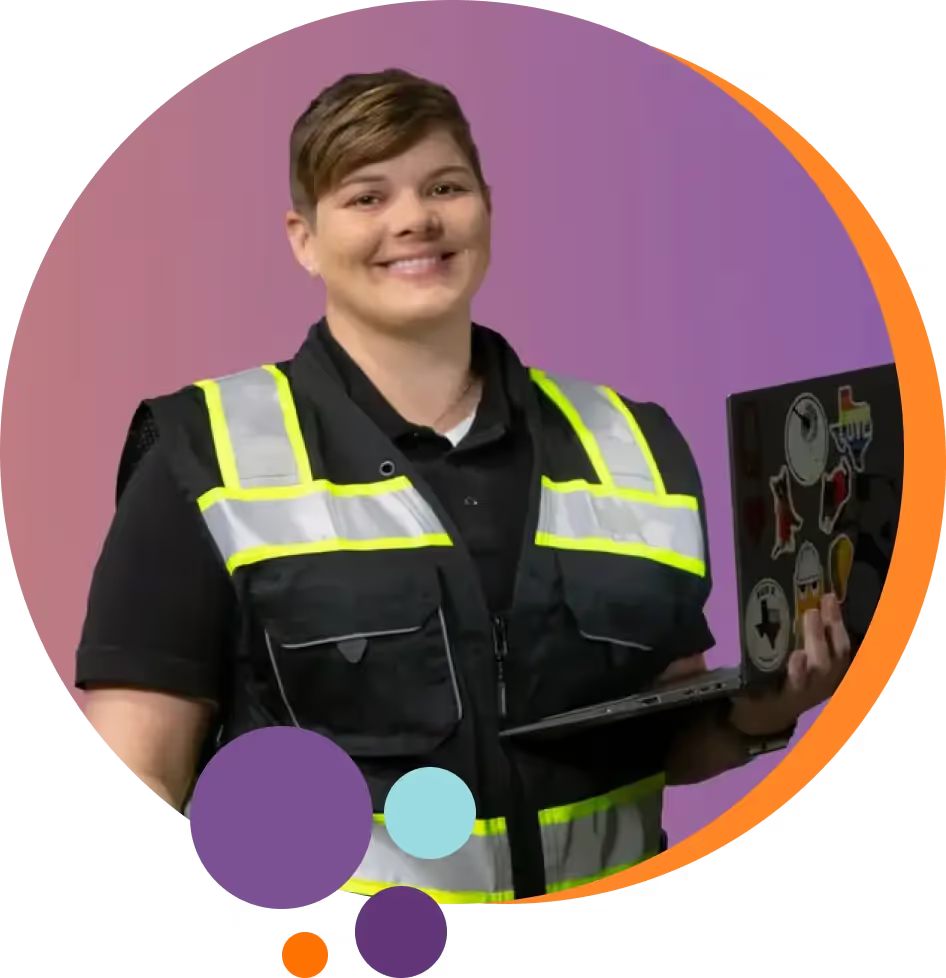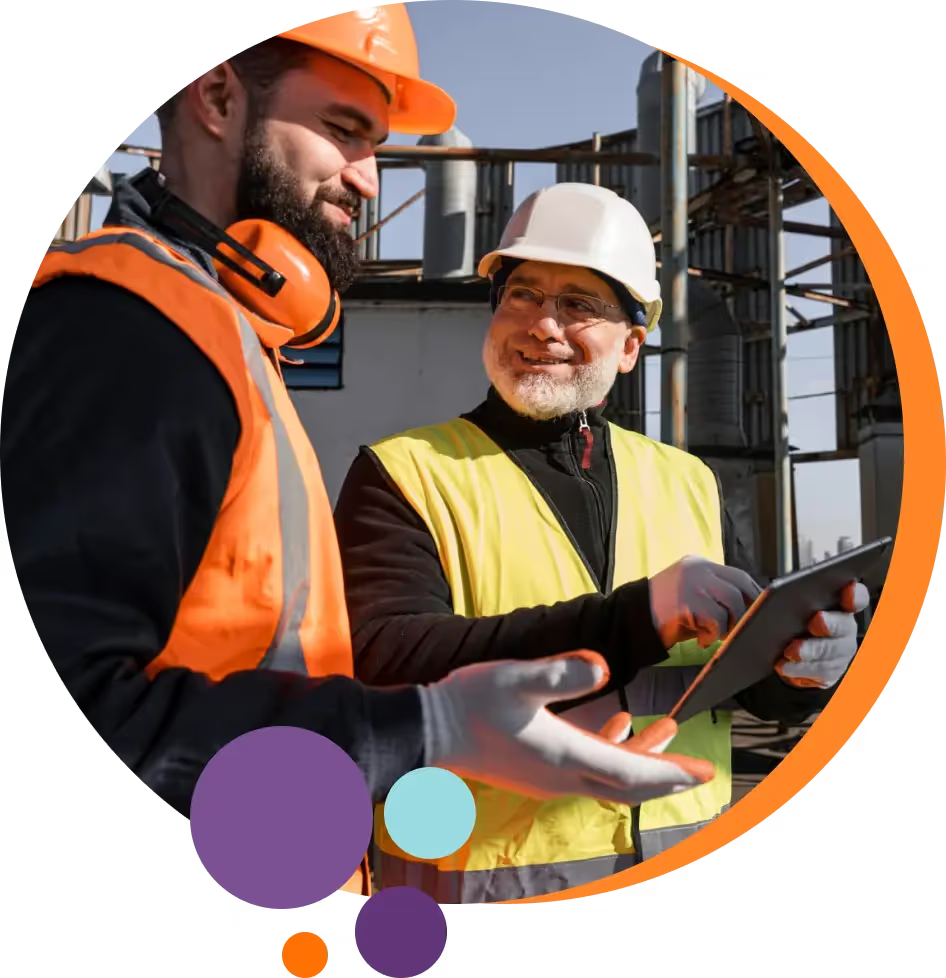The Cognitive Science Behind Hands-On Work
Business Name Generator’s The Future of Soft Skills in the Workplace surveyed employees and employers across the U.S. and found that problem-solving is the second most desired soft skill when recruiting.
Why do hands-on workers seem to be better at it?
An interdisciplinary concept known as embodied cognition provides an answer.
This theory has many variations, spanning philosophy, neuroscience, psychology, linguistics, and even artificial intelligence!
However, we'll be focusing on its relevance to hands-on work.

What is Embodied Cognition?
Cognition is the mental process of understanding and gaining knowledge.
Various theories have poked and prodded to understand more about this mysterious process in our minds. Among these, embodied cognition has gained a lot of support.
Embodied cognition claims that our bodies and physical interactions with the world shape our cognitive processes, including how we learn and solve problems.
Many researchers in the field argue that all knowledge is grounded in sensory, perceptual, and motoric processes. Knowledge is not just about thinking — it's about doing, feeling, and experiencing.
Our brain's sensory and motor regions are activated when we engage in physical activities, interact with our environment, manipulate objects, or experiment with materials.
How does this help problem-solving? An academic paper in Psychonomic Bulletin & Review evaluated six different views of embodied cognition. It stated that there was considerable evidence that reasoning and problem-solving make heavy use of sensorimotor simulation.
Situated Cognition
Embodied cognition is complemented by situated cognition, a related concept emphasizing the role of social, cultural, and physical contexts in cognition.
This means that hands-on workers benefit from solving problems using contextual knowledge and social interactions within their work environments.
Enactivism
While both embodied cognition and enactivism agree that cognition emerges from sensorimotor activity, the latter focuses on ongoing, dynamic, and hands-on interaction.
Unlike embodied cognition and situated cognition, it places a stronger emphasis on the process of active exploration of the environment.
The Magic of Neuroplasticity
Neuroplasticity refers to the brain's remarkable ability to reorganize and change throughout our lives.
Hands-on work involves a mix of regular tasks, variations, and novel challenges. All of these activities contribute to forming new neural connections and strengthening existing ones.
.webp)
Why do these neural changes matter?
A research paper by psychologist Adriana Galván explains that they contribute to the brain's ability to acquire new information and adapt to rapidly changing environments.
Let’s look at a few of the many benefits of tapping into the brain’s neuroplasticity through physical work.
1. Enhanced Perception
Hands-on tasks require the integration of motor and sensory information, making the brain used to process complex, multifaceted information.
Workers, regularly manipulating objects and tools, develop a heightened sense of touch, spatial awareness, and fine motor skills.
This enhanced perception helps them assess problems and identify potential solutions faster.
2. Skill Acquisition and Adaptation
Learning new hands-on skills and exposure to novel experiences has also been shown to promote brain plasticity.
As workers master these skills, they become more adept at recognizing patterns and generating innovative solutions.
3. Increased Cognitive Flexibility
Cognitive flexibility is the ability to shift perspectives and approach problems from multiple angles.
A study published in Frontiers in Behavioral Neuroscience found that stimulating the brain through physical and social surroundings, also known as environmental enrichment, has specific beneficial effects on cognitive flexibility.
Hands-on work takes place in physical and often social settings. This helps cultivate cognitive flexibility as the mind needs to adapt to unexpected situations and think quickly.
4. Improved Memory and Recall
A study published in Psychological Science explored the impact of physical experience in science learning.
It showed that college physics students who took a hands-on approach to learning concepts such as angular momentum had activation in sensory and motor-related parts of the brain.
This resulted in better quiz performance, suggesting that physical learning enhances memory formation and retrieval.
5. Cross-Disciplinary Skills
Hands-on work can take on many forms. A plumber might have to fix leaks while an aviation mechanic fixes jet engines.
Over time, workers tend to improve at the various tasks involved in their jobs. However, what’s happening in their brains is far more than gaining proficiency in plumbing systems or mechanical engineering.
The regions in the brain associated with the core skills required for these tasks — problem-solving, critical thinking, and manual dexterity — grow.
When workers apply themselves to new tasks or change careers, these enhanced skills go along with them.
.webp)




















.webp)
.webp)
.webp)

%20and%20the%20National%20Electric%20Code-min.webp)
